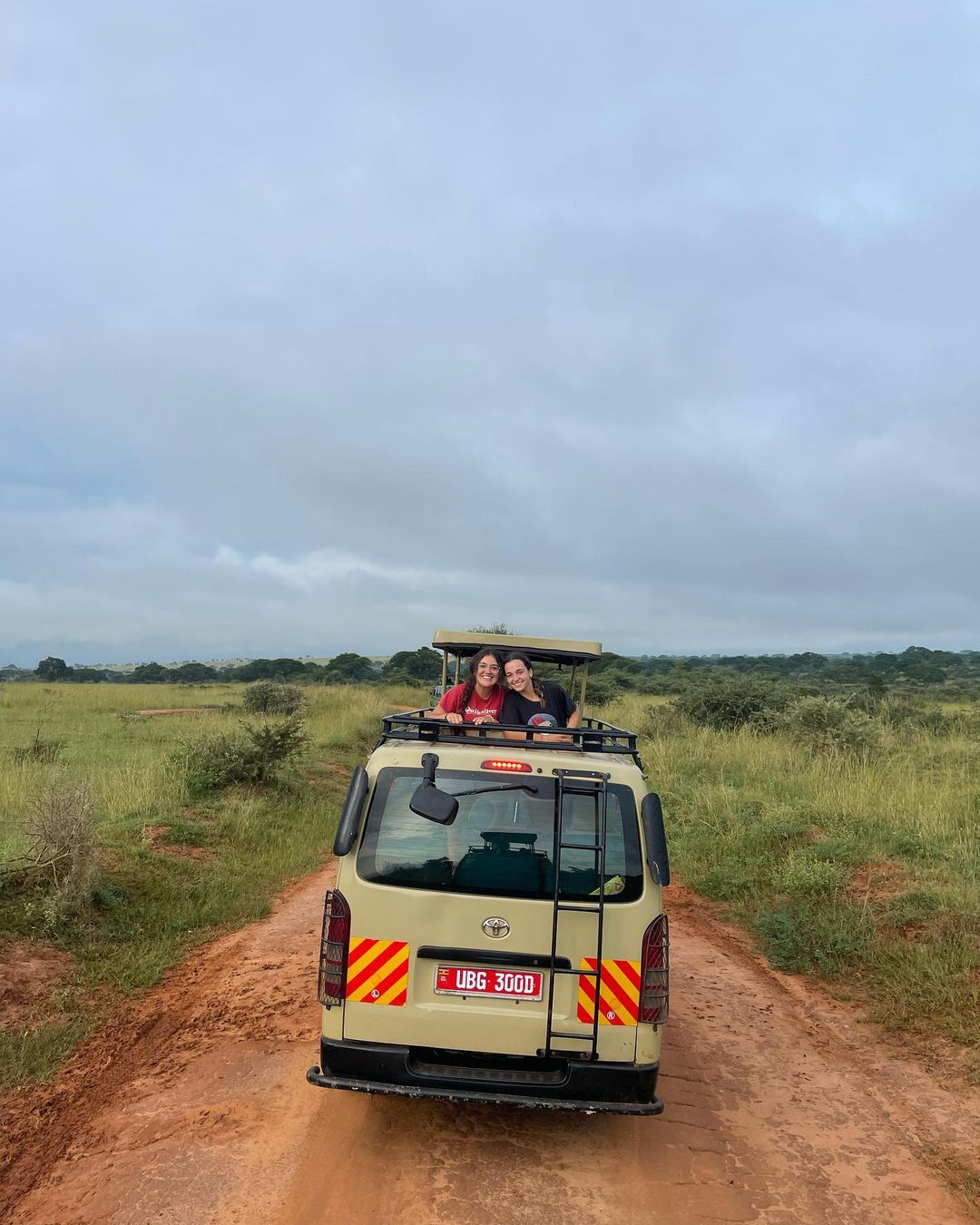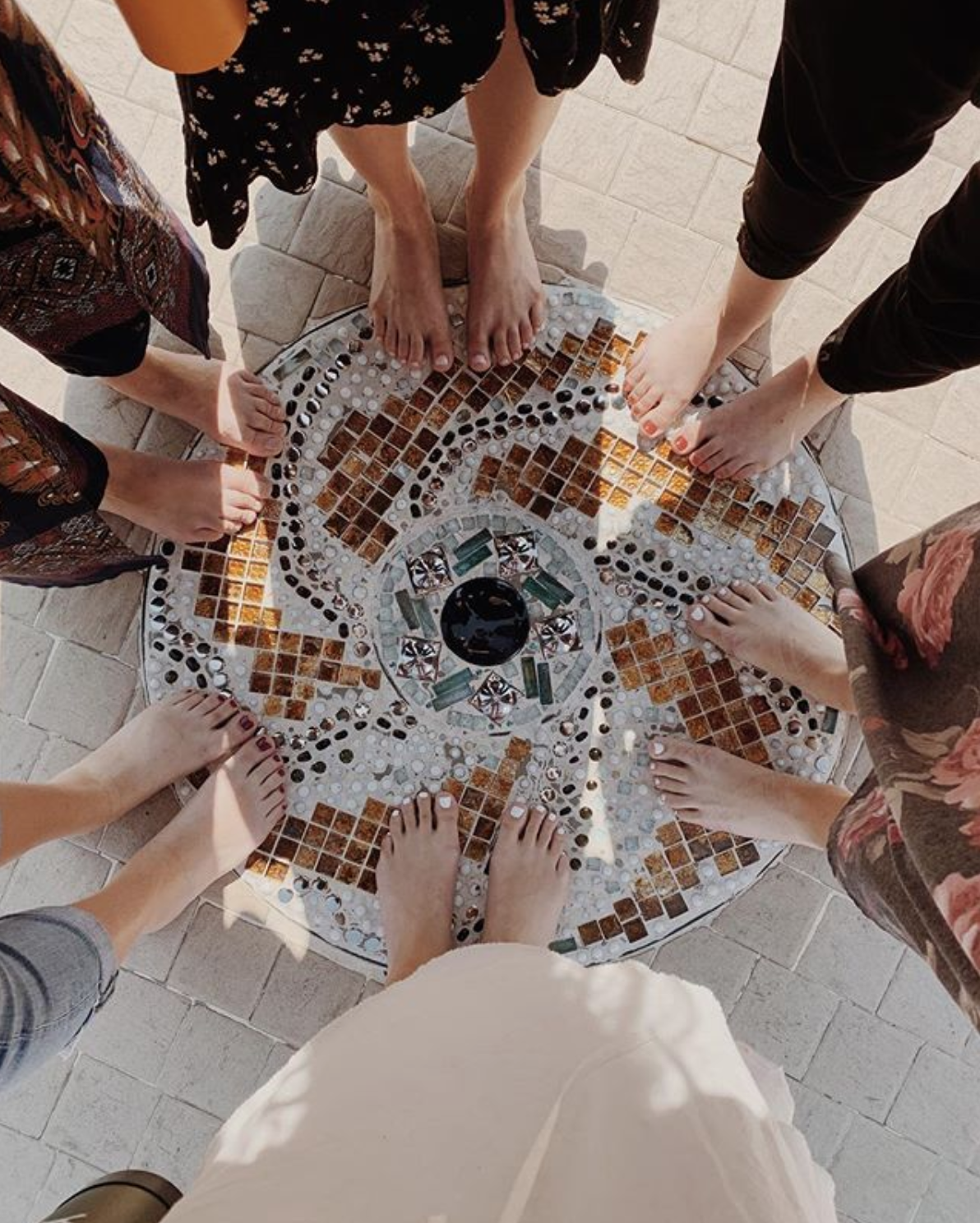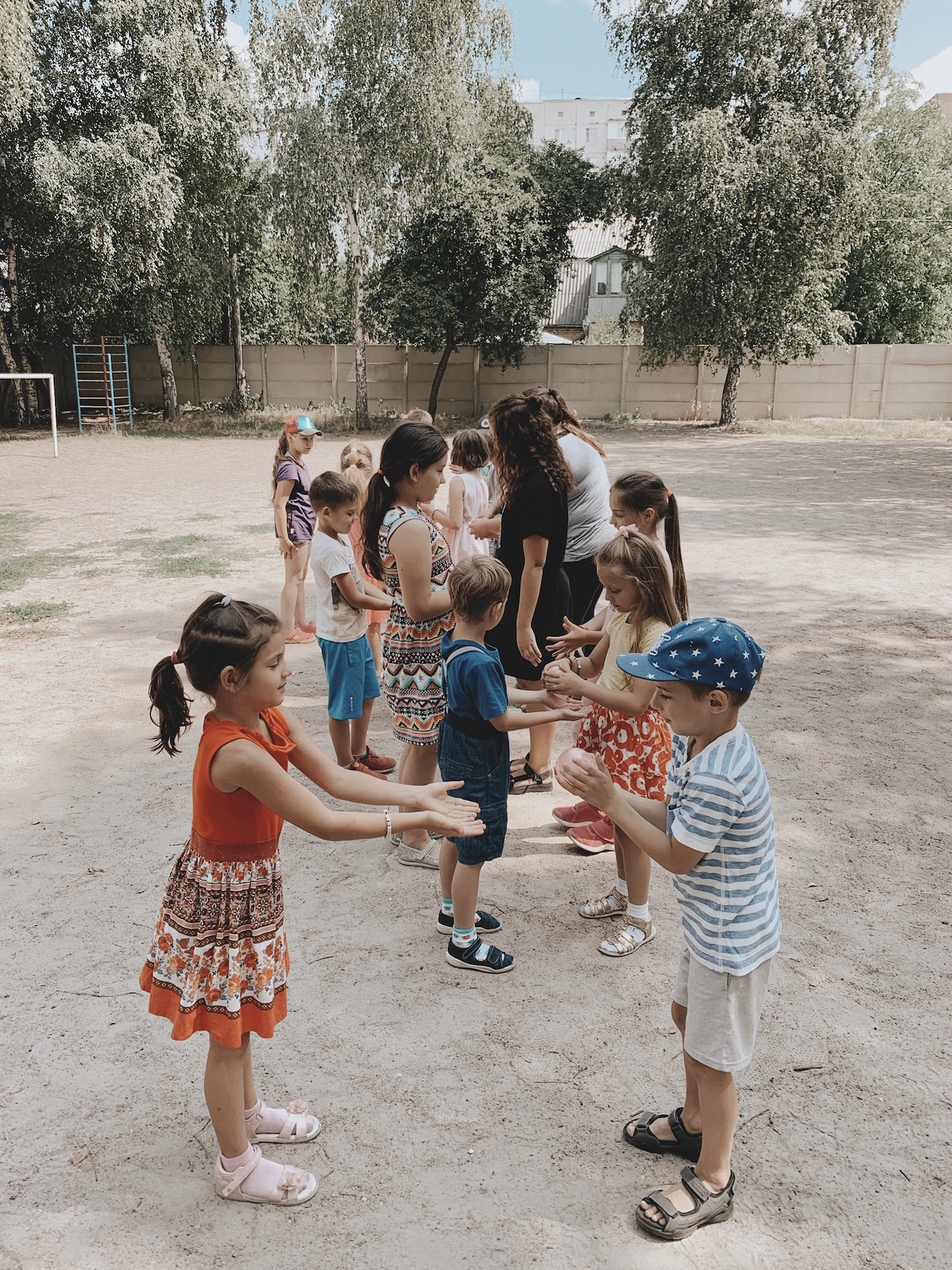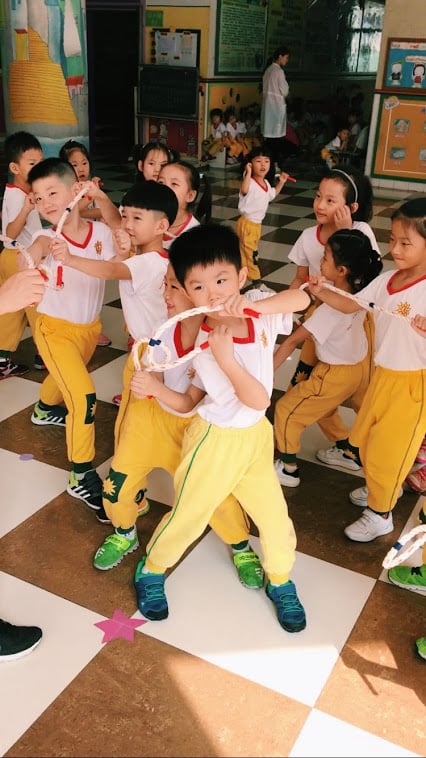
Having trouble coming up with lesson plan ideas while you teach English overseas with ILP? If you are teaching 'Games' this week, we've got you covered.
While volunteering abroad with ILP you'll be planning lessons in a few different areas — One area you'll teach is Games. Head's up, teaching English with ILP is a lot different than traditional teaching; the ILP method is designed to be fun for the kids (and hopefully you too)! You can get creative and come up with your own games or tweak existing games you already know. Here are some quick ideas to help you out!
Not an ILP volunteer yet?
Let's fix that — start your application right here
Oh and if you're not an ILP volunteer yet, just heads up that you don't need to plan lessons yet! These ideas will help you after you've arrived.
- Gone Fishing
- Stacking Cup Game
- Uno
- Cat and Mouse
- Spoon Races
- Card Matching
- Button, Button
- Musical Chairs
- Pin The Tail On The Donkey
- Bubble gum, Bubble gum
Gone Fishing
What you need: A long stick, string, paper clip, tape, a folder or some sort of paper to make a small curtain, and small prizes or candy.
How it works: All of the students will be in front of the curtain. You will make a fishing rod by connecting the string to one end of the stick and a paperclip on the opposite side of the string. The students will get in a line and then "Go fishing". They will throw the fishing line over the curtain and see if there are any bites. Teacher will tug on the string to make them think they're getting something, then eventually attach a small prize by taping it to the end of the string, or maybe you do something like slide a piece of paper into the paper clip that says an action the class needs to do (like 5 jumping jacks). Guaranteed to be a hit.
Stacking Cup Game
This one is super simple but also so fun once the students get into it. It's the classic cup stacking game. All you need is 10 to 15 cups. Since you will need 10-12 items for each lesson, you can get creative and have the students each decorate the cups with markers, colored pencils and crayons. Just be sure not to tape anything onto the cup that would make it hard to stack.
You can split the kids into two or three teams depending on how many students you have. Have the kids pick out a name for their team, like a color or an animal to make it a little more fun.
They will then stack the cups in this order. 4 on bottom, then 3, then 2, then 1 on top. Essentially making pyramid. You can have two types of competitions. Use a timer on your phone or watch and see who can make the pyramid the fastest. You can also do the opposite and see who can take the longest. Have them move as slow as sloths, that would be fun! You could even draw different formations on the chalkboard and have the kids race to duplicate the way the cups are laid out in your drawing with the cups in front of them. Lots of options here!
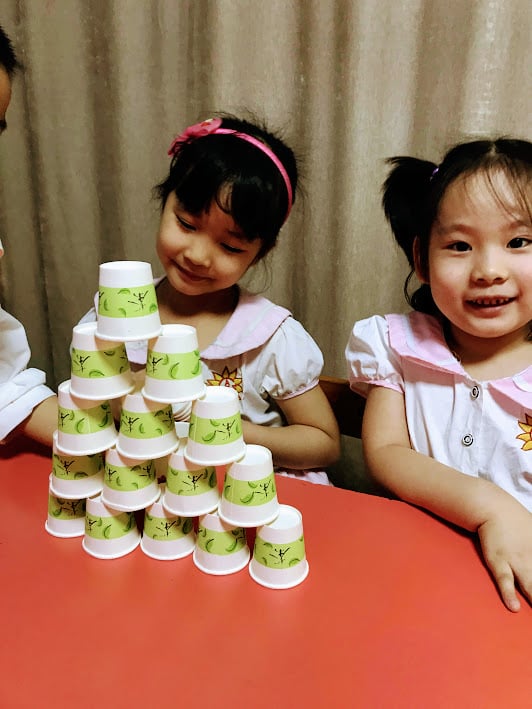
UNO
You can't go wrong with classic UNO! Play the original rules or simplify it by taking out the action cards and just match the numbers or colors. Other simple card games are great too like Go Fish or Old Maid. Adapt this game to fit the ILP method by adding in special rules, like if you play a red card you have to put on a red hat or if you play a +2 everyone has to clap twice. Remember to keep the kids talking to make it more fun!
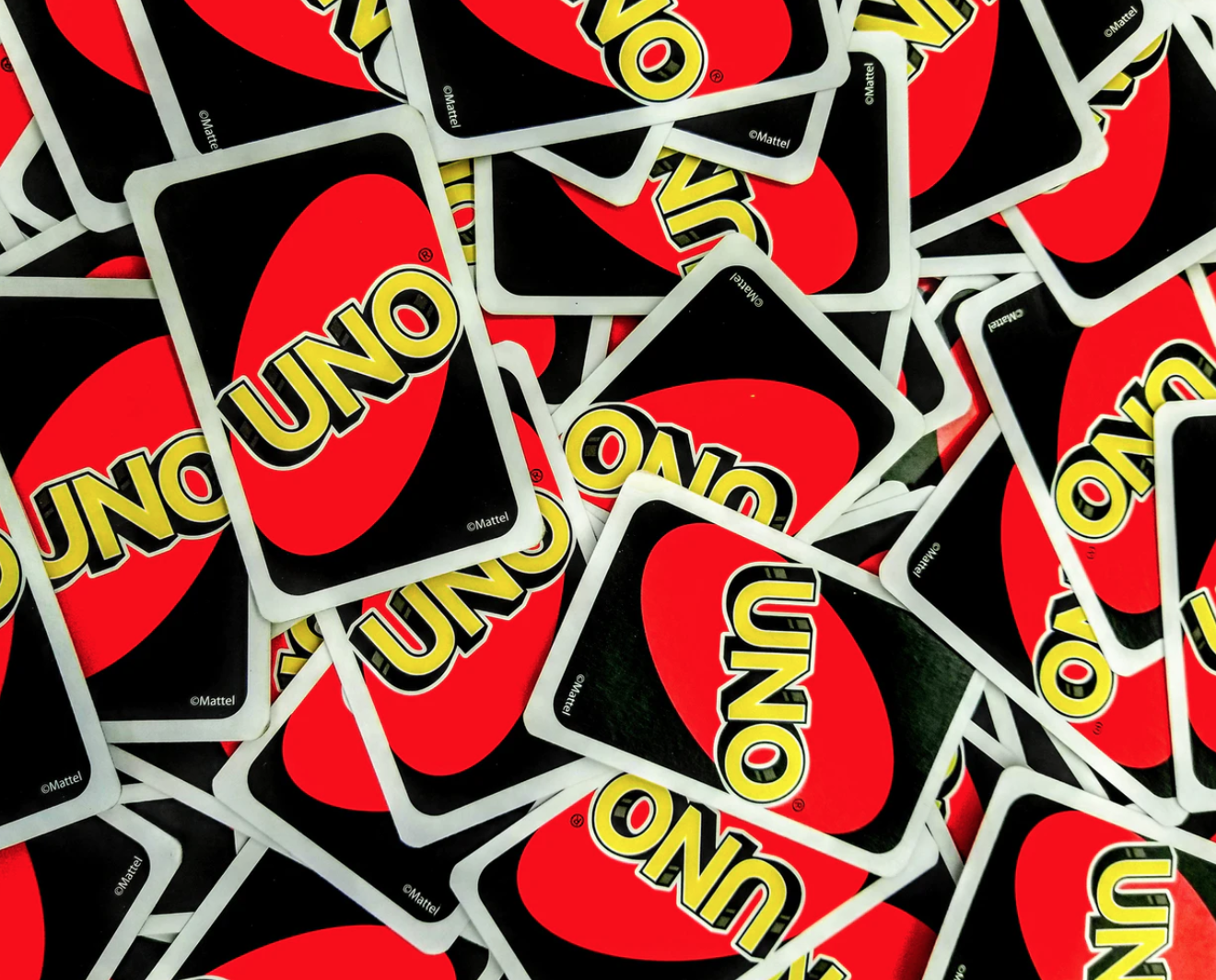
Cat and Mouse
If you were able to go to the ILP training, this is one you might remember! You need cotton balls, string, a picture of a cat and a cup to catch the "mice" with.
Here's what you do: Making the mice and cat is half of the fun and can help kill some time before the game is actually played. All you do is take the string and tie it around the cotton ball. The ball is the mouse and the string becomes it's tail — you want the tail to be about 6-10 inches. You can even add Googly eyes to the mice if you have those in your stash of materials.
-Give the "mice" to three students. They can move them around the table. I like to add rules of when they can move the mice so that it adds the element of surprise. Maybe have another student roll a pair of dice and whenever they roll doubles that's when the cat can attack! When doubles are rolled, the mice can run.
-One person will be the "Cat" and they hold the cup in their hand. The goal is to catch as many of the mice running around as possible. It works best if they can stand in the middle.
-Switch up who gets to be the cat and mouse a few times so that each student has a turn to be each animal.
Spoon Races
Find some small objects like pom-pom balls, beads, balls of paper or pieces of candy. Give each kid a spoon and have them walk a certain distance. This is a good way to get the kids up and moving a little bit, since they will be wanting to play and be active anyway. You can make it more challenging by having them try heavier objects like a small rock, or a small piece of the local fruit. They can even try to hold two spoons at once.
PS - this game could also be considered great for a Gym lesson, so if you have enough Game lessons, hold on to this idea until a week you're teaching Gym!
Card Matching
A deck of cards can go a long way in a classroom! Go Fish is a classic, but try to think of other ways to use the cards. One thing that I did that was super easy and fun was to see who could stack the piles from 2-10 the fastest. I thought it was easier to separate the royal cards so they weren't confused with so many cards at once. Once they match the number cards, as a group they can match up all the Face cards. You can also teach them how to do a bridge with the cards, that was a trick I kept up my sleeve and once I showed the kids, they thought it was pure magic.
Button, Button
Button, button, who has the button? Have the kids sit in a circle with their hands behind their backs and their eyes closed. Someone walks around the outside of the circle and secretly gives someone the button. Once the button has been placed, have the kids guess around to see who has it. This game only has their attention for so long, so maybe use this as a backup for any other lesson you have that ends too early.

Musical Chairs
Depending on how much room you have in the classroom, this one is a good way to get the kids active. There are usually a few songs that they are learning as a class so I would play that as music, or anything Disney is also a huge hit. It's simple but it's entertaining for the kids and they can use a lot of different phrases as they are walking around in circles. You could switch it up and have them act like different animals or characters as they are walking around trying to get the seat.
All you need to do is set up one chair less than the amount of students that are there and the goal is for everyone to get a chair. Whoever doesn't end up in the chair is out. You can also have a "referee" who helps you as the teacher make sure that everyone is staying calm and still only speaking English.
Pin The Tail On The Donkey
Taking you all the way back to your friend's second grade birthday party, games like Pin the Tail on the Donkey, Pin the Petal on the Flower, Pin the eyes, ears, mouth and nose on the face, etc.
Get creative and listen to kids and their cute little giggles as they pin everything to the wrong place. In order to adapt this to the ILP method, pin more than one thing! Someone could pin a tail, another person could pin the eyes, another person could pin his ears, and on and on. See what crazy donkey you come up with.
Bubble Gum, Bubble Gum
This was a fan Favorite with my students! Sing the classic tune "Bubble gum bubble gum in a dish, how many pieces to you wish?" When the song ends on wish, that person picks a number. The person in charge counts that amount of hands and then when they reach the final person, that student's hand is out of the game, so they have to put it behind their back. Check to see if you're allowed to give your students a small piece of bubble gum - that would be a fun way to end the game or as a prize for the winner (but still make sure every student has one by the end of the lesson). This is simple but the students get really competitive and as long as you help manage it, it can be super entertaining.

Ready to travel to one of the ILP countries to teach English abroad
and play with the cutest kids you've ever seen?
What are you waiting for? We have tons of info about supplies here (and fundraising supplies here) and even more help when it comes to planning your lessons ... or even getting help just applying to the ILP program!


